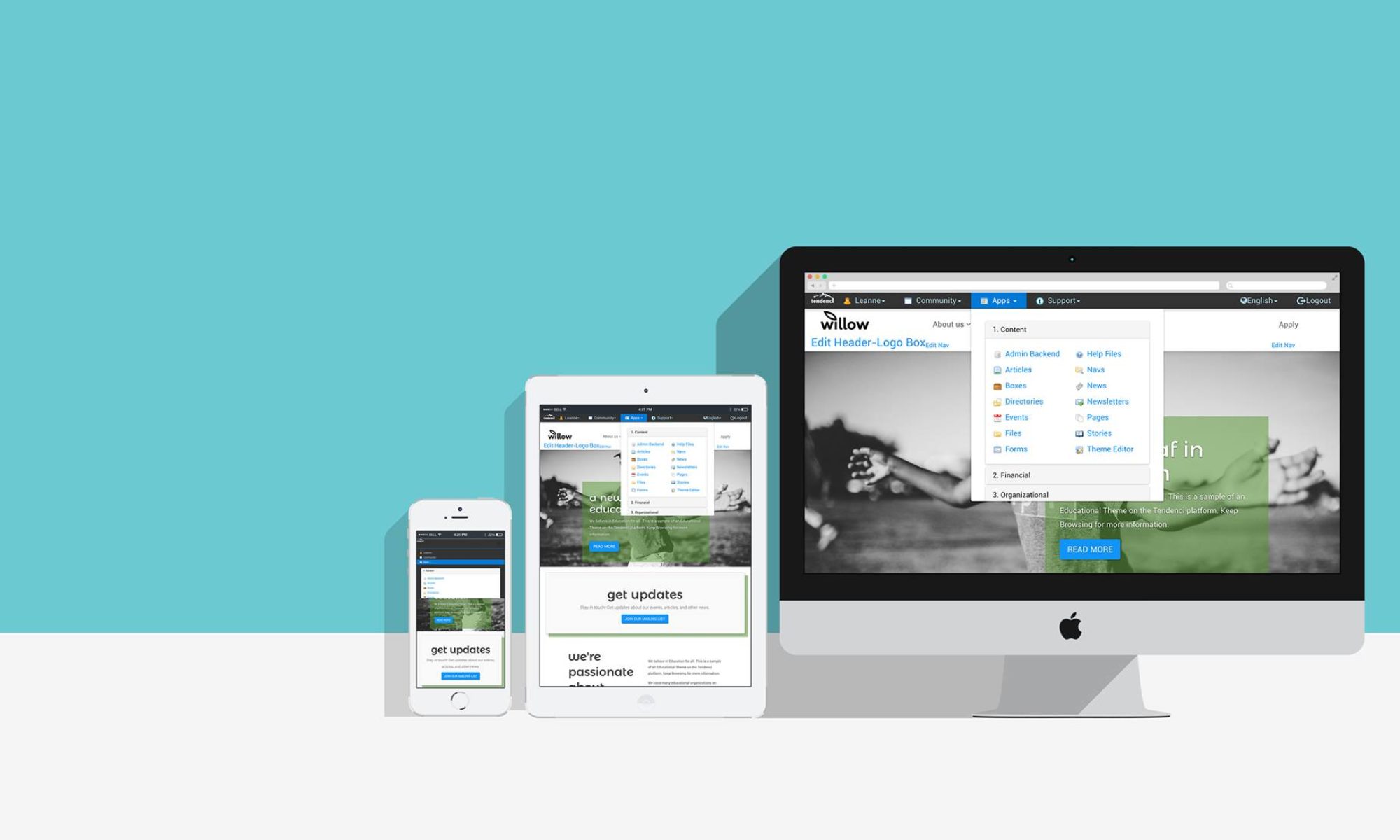Happy Thanksgiving Day, from All of Us at Schipul – The Web Marketing Company!
I am thankful for my ability to control privacy settings and share the stories, photos, and conversations online with only the people that I want to. I realized this as I struggled to come up with a topic for Schipul’s 30 Days of Thanks because many of the things that I truly appreciate in my life are also very private and personal just to me and my family.
In most aspects of my day to day life, I have to be a transparent, “public” persona on the web. Much of what I do is only possible because of my accessibility, credibility, and trust from my community that I keep my word to keep some things that are private… well, private. Because I also have a young son and a personal life away from work, (yes – it’s true), I highly value tools that empower me to be in complete control over what information about me and my personal life is available to anyone on the Internet.
Giving Thanks
As a Schipulite, I have a deeply rooted desire to share my knowledge and teach others how to use the awesomely geek-tech playground that we call the Internet. I’ve spent a great deal of time learning how to protect my online privacy, and I want to give thanks by sharing my recommended resources to help anyone who is trying to figure out how to better protect your personal information, your private data, and protect your online community of staff, volunteers, members, and users.
Security First!
Last week, I went to the Nonprofit Developer Summit (NPDev), hosted by AspirationTech.org in California. I wrote a wrap-up blog post about the 3 day conference on the Tendenci Blog, and I came back with a better understanding of what to watch out for and how to better protect my content and personal information when I’m exploring the internet. Throughout the conference, I participated in discussions that answered highly technical security questions like “Should you find a hosting provider with disk-level encryption?” and “How do I enable collaboration while also protecting my personal data?”.
FYI – the best way to secure your personal data is to take a hard look at your passwords. Check out the Mind the Gap Article: You’ve Been Hacked and find out how to follow password management best practices.
For the visual learners, here’s a great Infographic via Lifehacker (the #1 place on the web dedicated to converting ordinary users into super-users) that walks you through selecting secure Passwords.
Here’s three more important considerations for managing your online privacy settings:
Me, Myself, and iMe!
There’s a new saying “Once it’s on the Internet, It’s There Forever” and so before you spend even one more minute “surfing the web” – I recommend you read this overview guide to Protecting Your Online Privacy on Mashable.com to get a better idea of what’s involved in fully controlling your online privacy settings.
Mobile Super-Users Need a Guardian, too!
If you’re using online tech while on the go, then you’re going to want to also take a moment and equip yourself with basic privacy protection tools for your mobile devices.
Droid and Linux devices should check out The Guardian Project’s Free and Open Source Apps that give you protection tools for voice, data, and SMS communications that you want to keep private between you and the person(s) you sent them to.
Read Cnet’s article for iPhone and iPad users on How to protect their personal data on their mobile devices.
Social Media REALLY Loves Sharing Your Data!
Social media networks are often the “worst offenders” of mis-managing their users’s online data. Most of the time, these offenses are unintended and the result of a fairly new communications medium figuring things out. When someone’s personal data is shared publicly across a social network like Facebook or Twitter, it is almost always because of complicated privacy settings and an inexperienced user colliding in disaster.
We all know the saying “The best Defense is a good Offense” and that’s why I recommend you check out e-Crime Wales YouTube Channel which has videos that walk you through the different privacy and account protection settings on several social media networks (Facebook, Twitter, LinkedIn, and more) plus learn how to control your privacy settings in web browsers like Chrome and Firefox.
You can also check out some of these popular social media network’s privacy settings Help documentation:
Facebook: https://www.facebook.com/help/privacy
Twitter: https://support.twitter.com/groups/31-twitter-basics#topic_107
LinkedIn: http://learn.linkedin.com/settings/

